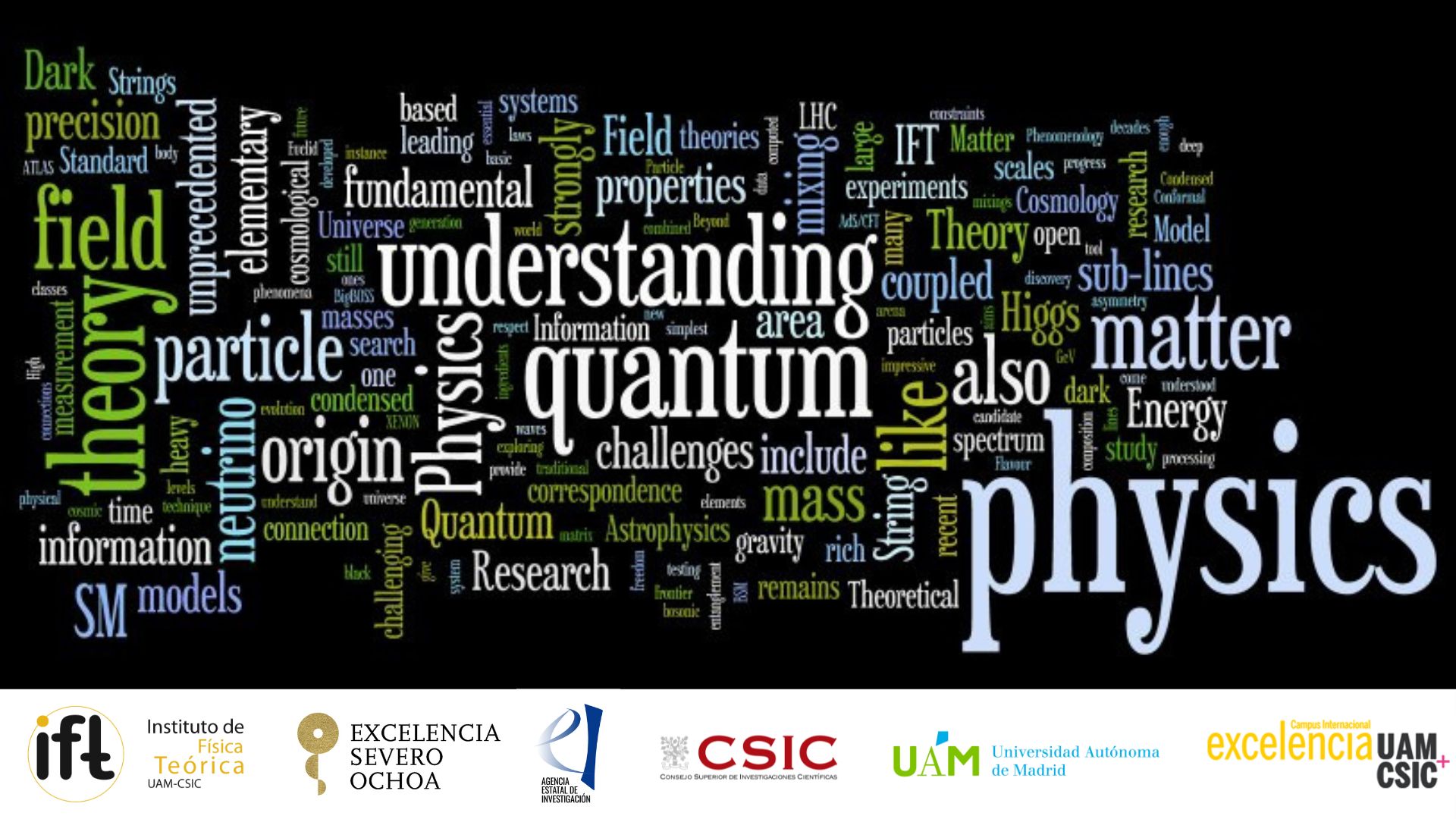Centro de Excelencia Severo Ochoa
Menu
Search

IFT Seminar Room/Red Room
First order phase transitions are violent phenomena that occur when the state of the universe evolves abruptly from one vacuum to another. A direct phase transition connects a local vacuum to a deeper vacuum of the zero-temperature potential, and the energy difference between the two minima manifests itself in the acceleration of the bubble wall. In this sense, the transition is triggered by the release of vacuum energy. On the other hand, an inverse phase transition connects a deeper minimum of the zero-temperature potential to a higher one, and the bubble actually expands against the vacuum energy. The transition is then triggered purely by thermal corrections. We study for the first time the hydrodynamics and the energy budget of inverse phase transitions. We find several modes of expansion for inverse bubbles, which are related to the known ones for direct transitions by a mirror symmetry. We finally investigate the friction exerted on the bubble wall and comment on the possibility of runaway walls in inverse phase transitions. Furthermore, we step back and investigate the defining characteristics of inverse phase transitions and demonstrate that their latent heat, when properly defined, is negative. This reveals that inverse transitions are intrinsically endothermic, akin to processes such as melting ice. Finally, if time permits, I will outline a prototype model within standard cosmology where the cooling of the Universe naturally predicts such transitions.
Social media